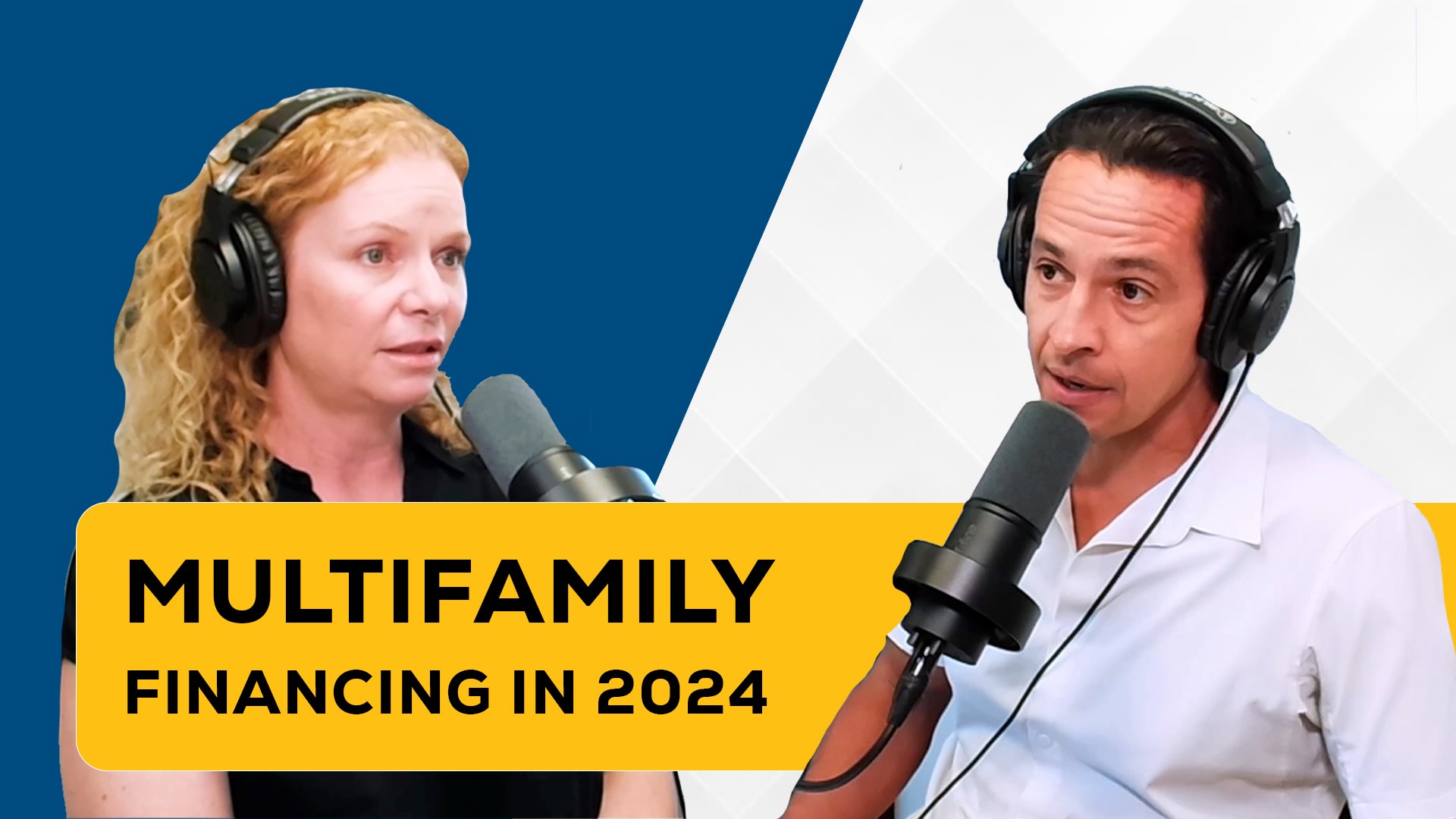In recent times, concerns have been mounting about the expiration of commercial multifamily loans and the potential implications for real estate investors. With interest rates on the rise, many investors are left wondering what this means for their investments and whether they are adequately prepared. In this blog post, we delve into the subject with the help of David Guevara, a respected commercial broker, to shed light on the intricacies of commercial loans and the challenges investors may face.
Why Are Commercial Loans Different?
Commercial loans for multifamily properties differ from traditional loans in two main aspects: underwriting and terms. While personal income is crucial for qualifying for traditional loans, commercial loans primarily rely on the property’s net operating income (NOI) for repayment. The underwriting process considers the property as a business, with the loan amount based on the NOI’s ability to support the loan. Furthermore, terms for commercial loans vary widely, ranging from three to ten years, fully amortized, fixed-rate periods, interest-only payments, and potential prepayment penalties.
Why Are Investors Worried?
The news headlines have highlighted the upcoming expiration of a staggering $1.5 trillion in US commercial loans, leaving many investors worried. The key concern arises from the fact that these loans will be due at a time when interest rates have significantly increased. The sudden spike in interest rates has led some to question if this could signal the bursting of a real estate bubble.
It is not the rate increase itself but the speed at which rates have risen that creates potential challenges. Investors who secured loans at lower interest rates just a year or two ago may face difficulties refinancing if their property’s income did not increase substantially. The rapid adjustment of rates can result in higher mortgage payments or the need to bring in additional funds to refinance. This situation prompts us to consider the potential consequences for affected investors.
To illustrate the implications, we examine a hypothetical scenario. Suppose an investor obtained a $3 million loan at 3% interest, with a monthly payment of $12,000. When the loan adjusts after five years to a 6% interest rate, the monthly payment could jump to around $19,000. This significant increase in payment creates a financial burden for investors, potentially jeopardizing the property’s profitability and sustainability.
Options For Investors
Despite the challenges, investors have options to mitigate the impact of loan expirations and rising interest rates. One possibility is refinancing at the higher interest rate by bringing in additional funds to meet the required debt coverage ratio. For instance, an investor may need to pay down a portion of the loan (e.g., $850,000 to $900,000) to maintain a manageable monthly payment. However, this approach heavily depends on the property’s net operating income and rent growth during the loan term.
Another alternative is to evaluate the property’s potential for increased income and consider selling it to invest in a property with more upside. By capitalizing on the appreciation and increased rent potential, investors may avoid the burden of refinancing or bringing in additional funds.
While some may face the daunting prospect of higher mortgage payments and the need for additional funds, others have the advantage of time to increase rents and enhance net operating income. Each investor’s situation will differ based on their specific property, rent growth, and original loan terms.
Foreclosures And The Bridge Loan Challenge
Foreclosures primarily affect properties purchased with bridge loans. Many prominent funds and syndicators acquired properties using floating bridge debt. However, when interest rates spiked, those reliant on bridge loans without fixed periods or safety cushions found themselves in a challenging position. As a result, these properties face the risk of foreclosure or fire sale. In contrast, properties financed with fixed-rate loans or hard money bridge loans for specific renovation purposes have shown more stability and resilience.
Also, the impact of foreclosures varies across different regions, with the Sunbelt states, including Arizona, New Mexico, and Texas, being more vulnerable due to substantial construction and increased investment.
However, in Southern California, where the demand for rental properties remains strong, the situation is different. The scarcity of options for tenants and low vacancy rates contribute to a more insulated multifamily market.
Analyzing the foreclosure data in LA County and Long Beach, we discovered that the number of foreclosures in these areas is relatively small. In LA County, out of over 33,000 fourplexes, only 58 are in the pre-foreclosure stage. Similarly, in Long Beach, out of 2,800 fourplexes, only four properties are in the pre-foreclosure status.
This suggests that foreclosures are not rampant, and the numbers have remained stable over the past three years. Furthermore, larger multifamily properties, such as five units and more, show no notice of default in Long Beach.
Market Outlook
While the discussion acknowledges the potential for increased inventory in the future, it emphasizes that multifamily properties remain in demand, especially in regions like Southern California. Investors should approach the market strategically and be patient for favorable opportunities to arise.
While not every seller may be motivated to negotiate aggressively, properties that have been on the market for a while could present opportunities for savvy investors. Rather than waiting for potential future deals, taking advantage of the current market conditions, including locating motivated sellers and leveraging negotiation skills, may yield positive results.
Summary
The expiration of commercial multifamily loans coupled with rising interest rates poses challenges for real estate investors. While some may face the daunting prospect of higher mortgage payments and the need for additional funds, others have the advantage of time to increase rents and enhance net operating income.
Additionally, while the media often highlights foreclosures as a pressing concern, the reality is that the multifamily sector remains relatively stable, with low foreclosure numbers and sustained demand.
Lastly, each investor’s situation will differ based on their specific property, so don’t hesitate to reach out with your questions
David Guevara is a Partner at Momenta Capital Group Inc. At Momenta we are committed to working closely with our clients on their journey to build and preserve generational wealth by providing unmatched service and timely execution. David’s contact information: 714-410-1960.







